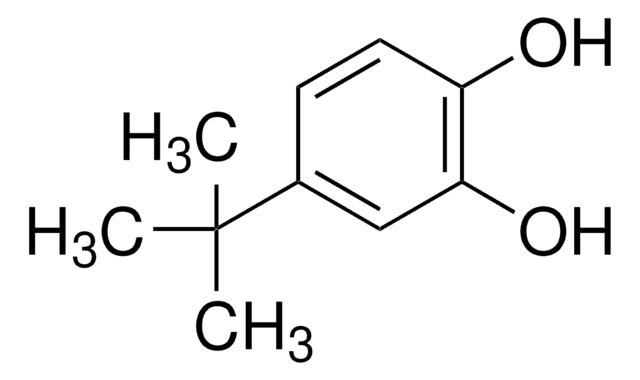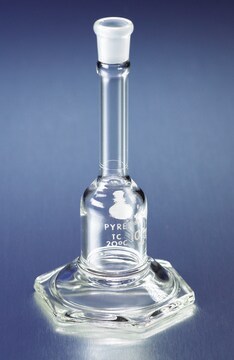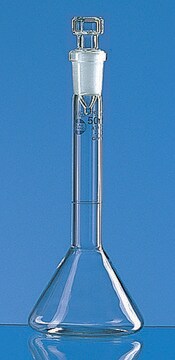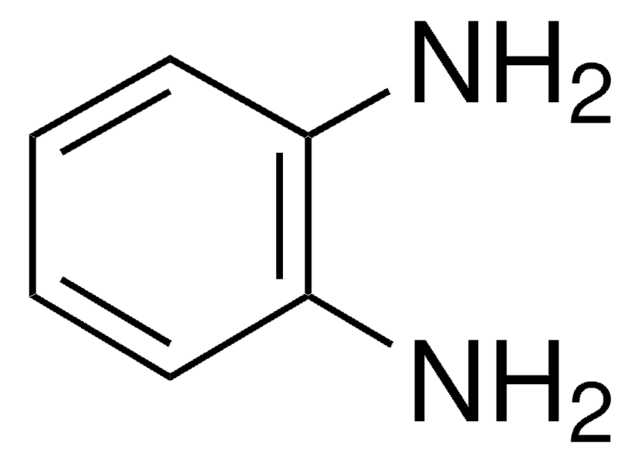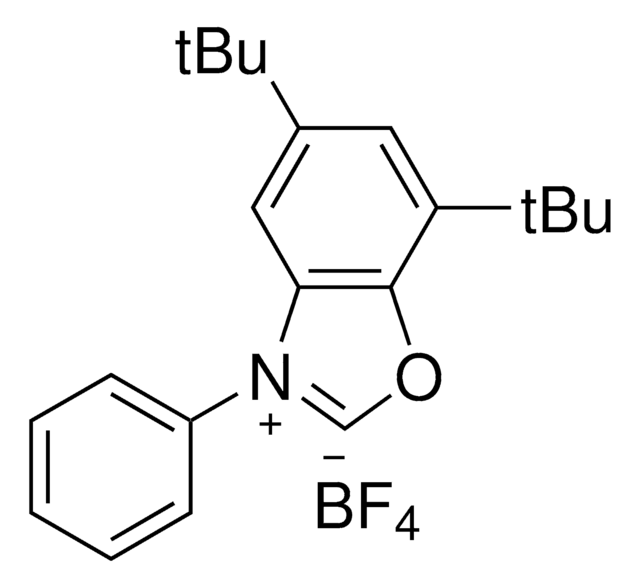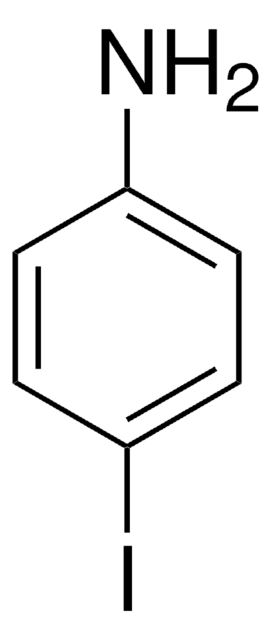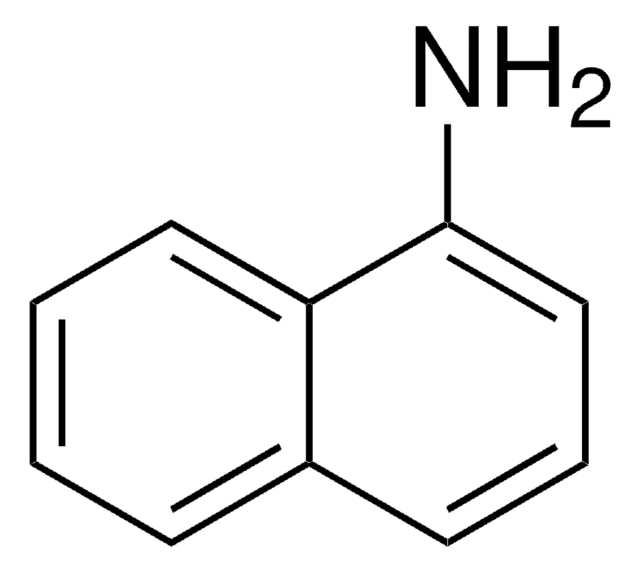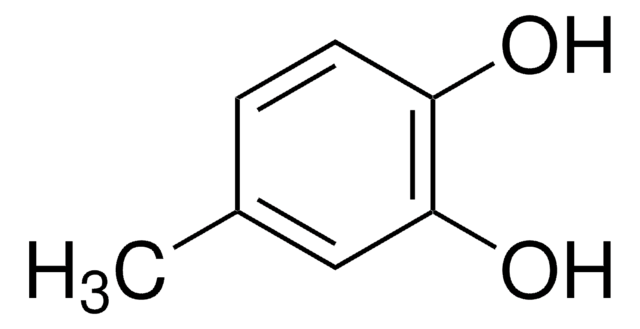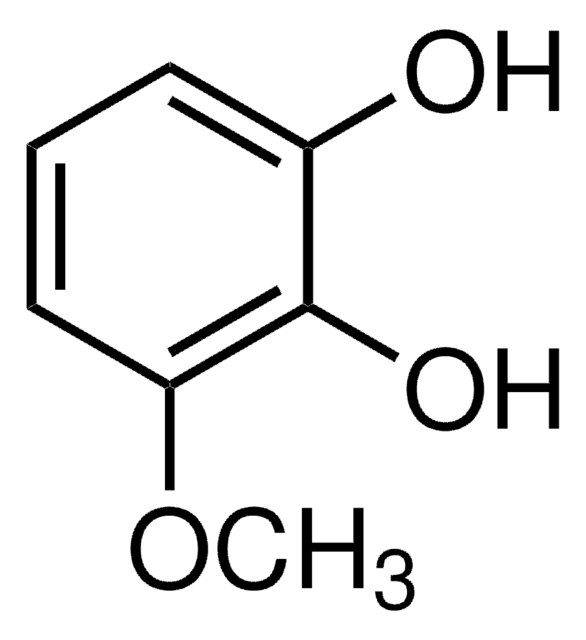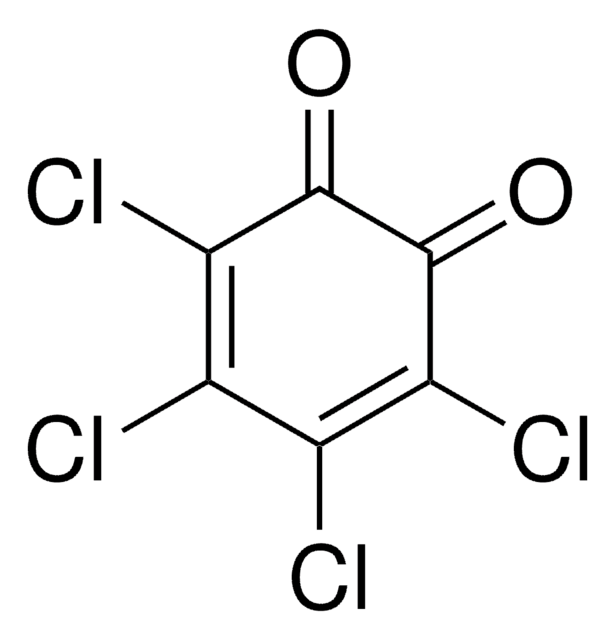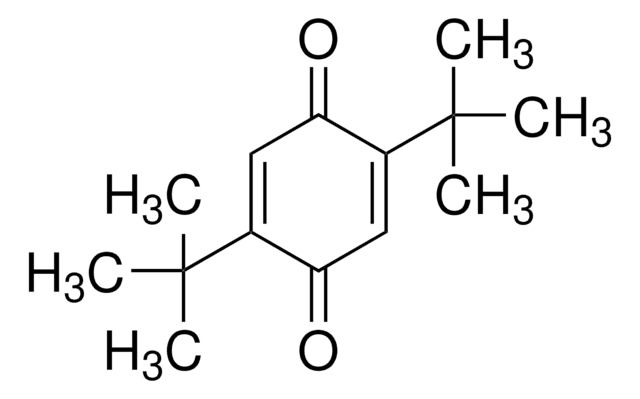D45800
3,5-Di-tert-butylcatechol
98%
Synonym(s):
3,5-Bis(1,1-dimethylethyl)-1,2-benzenediol, 3,5-Di-tert-Butyl-1,2-Hydroxybenzene, 3,5-Di-tert-butyl-1,2-benzenediol, 3,5-Di-tert-butyl-1,2-dihydroxybenzene, 3,5-Di-tert-butyl-o-hydroquinone, 3,5-Di-tert-butylpyrocatechol, 3,5-Ditert-butylbenzene-1,2-diol, 4,6-Di-tert-butyl-1,2-benzenediol, 4,6-Di-tert-butylpyrocatechol
About This Item
Recommended Products
Quality Level
assay
98%
form
crystals
mp
95-100 °C (lit.)
SMILES string
CC(C)(C)c1cc(O)c(O)c(c1)C(C)(C)C
InChI
1S/C14H22O2/c1-13(2,3)9-7-10(14(4,5)6)12(16)11(15)8-9/h7-8,15-16H,1-6H3
InChI key
PJZLSMMERMMQBJ-UHFFFAOYSA-N
Looking for similar products? Visit Product Comparison Guide
Related Categories
Application
- A reactant to prepare 3,5-di-tert-butylquinone via catalytic oxidation.
- A polymerization inhibitor in the production of monomers such as styrene and butadiene.
- An additive in the synthesis of enantioselective 1,2-oxazinanes, and isoxazolidines via asymmetric nitroso aldol reaction using L-proline as a catalyst.
signalword
Warning
hcodes
Hazard Classifications
Eye Irrit. 2 - Skin Irrit. 2 - STOT SE 3
target_organs
Respiratory system
Storage Class
11 - Combustible Solids
wgk_germany
WGK 3
flash_point_f
Not applicable
flash_point_c
Not applicable
ppe
dust mask type N95 (US), Eyeshields, Gloves
Choose from one of the most recent versions:
Already Own This Product?
Find documentation for the products that you have recently purchased in the Document Library.
Customers Also Viewed
Our team of scientists has experience in all areas of research including Life Science, Material Science, Chemical Synthesis, Chromatography, Analytical and many others.
Contact Technical Service
